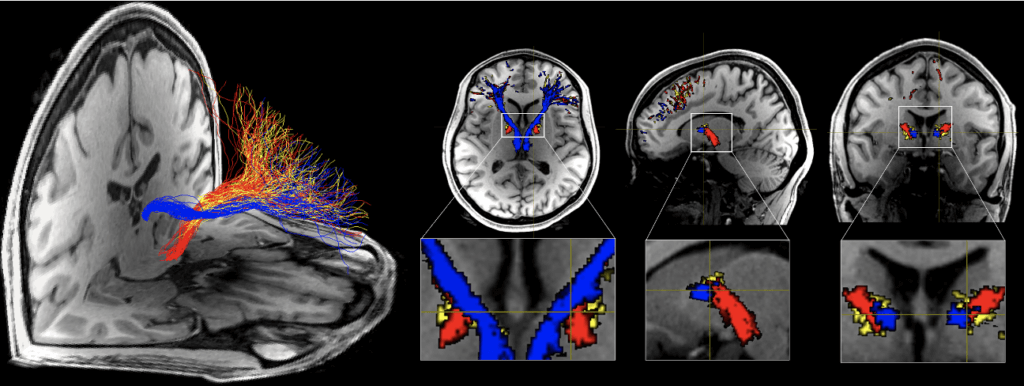Heroin and cocaine addicts become hooked because different parts of the brain become worse at communicating with each other, research shows. This happens because of a white matter deficiency, according to scientists at the Icahn School of Medicine Mount Sinai in New York.
White matter connects everything in the brain together and helps us to transmit signals. Researchers say addicts’ brains contain less white matter than people who don’t take the dangerous substances.
In previous studies, scientists found less white matter in drugged-up animals in the lab. This latest work is the first to suggest human addicts’ brains also contain less of it.
Study authors investigated the links between the prefrontal cortex and the habenula, a region that plays a critical role in our understanding of risks and rewards. The prefrontal cortex is the part of the brain which enables us to perform everyday tasks and affects our personality.

The habenula has been found to be a driver of addiction in animals. Signaling from the prefrontal cortex to the habenula is disrupted in cocaine-addicted rodents, suggesting it plays a role in withdrawal and relapse. The team says this pathway is still not well understood in humans.
For the study, researchers used MRI scans to investigate the prefrontal cortex-habenula pathway in human heroin and cocaine addicts and a control group of healthy people.
In cocaine addicts, they found white matter had degenerated in that pathway. People who had recently stopped taking cocaine, as well as heroin addicts, also had an impaired pathway.
“Abnormalities in this path may be generalized in addiction,” says study first author Sarah King, a PhD student at the school, in a statement. “Importantly, we found that across all addicted individuals, greater impairment was correlated with earlier age of first drug use, which points to a potential role for this circuit in developmental or premorbid risk factors.”
The findings are published in the journal Neuron.












